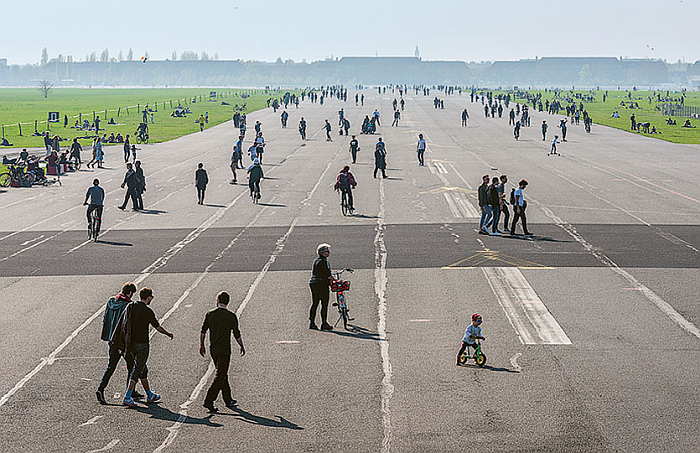Tuesday September 22nd marks the 2020 Southward Equinox, and thus the start of autumn in the northern hemisphere, and of spring in the southern hemisphere. Two seasons known throughout history for the vagaries, capriciousness, of their weather.
And thus two seasons perfectly suited to a longer architecture and design, or art, museum visit.
Our recommendations for four new showcases opening in September (autumn) 2020 can be found in Berlin, Kolding, Düsseldorf and Berlin (again); our recommendation for a new showcase opening in September (spring) 2020 can be found in Sydney.
And as ever in these times, if you do feel comfortable about visiting any museum, please familiarise yourself in advance with the current ticketing, entry, safety, hygiene, cloakroom, etc rules and systems. And during your visit please stay safe, stay responsible, and above all, stay curious….
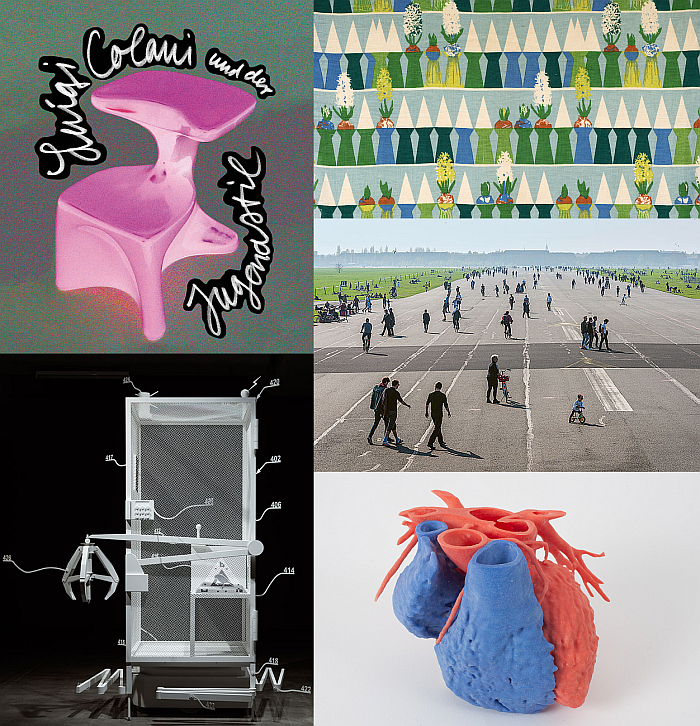
The natural world isn't geometric*, far less linear. Neither are we. Neither is time for that matter.
Yet not only have architects since Ancient Greece sought to establish the primacy of geometry and the linear in our buildings and urban spaces, but since the early decades of the 20th century designers have sought to establish the primacy of geometry and the linear in our objects of daily use.
Only very rarely has resistance arisen, only very rarely have attempts been made to introduce a more natural fluidity into architecture and design, we think in particular of the Baroque, of Art Nouveau, or of Luigi Colani.
Arguably as well known for his walrus moustache and white suits as for his free-flowing, biomorphic designs, Luigi Colani staged a near career long campaign against not just the geometric and linear, but against conventions in design, or more accurately against an unquestioning acceptance of conventions in design, against a, if so one will, lack of will to move forward, a (perceived) lack of will to design for the future rather than for a present that has become the past before your design is realised.
A career which began in the 1950s in aircraft and automotive design, but which quickly moved to encompass furniture, lighting, and product design in all its facets; a career that made full use of the possibilities of plastics to create new formal expressions rather than copy existing; a career that was much about Luigi Colani as it was about Luigi Colani's work.
And a career which the Bröhan-Museum argue was fundamentally inspired and informed by the free-flowing florid forms of Art Nouveau.
An argument they aim to expand upon and substantiate through a presentation of not just works by Luigi Colani but for all through works by Luigi Colani juxtaposed and in discourse with Art Nouveau works from the Bröhan's collection; and in doing so should not only allow for new perspectives on the work, relevance and legacy of Luigi Colani, but also for new perspectives on Art Nouveau and the Art Nouveauists understanding of the world. Past, present and future.
*Yes, geometric patterns are often the basis of natural constructions, but the expression of nature is rarely geometric. Certainly rarely linear.
Luigi Colani and Art Nouveau opens at the Bröhan-Museum, Schlossstraße 1a, 14059 Berlin on Tuesday September 29th and runs until Sunday May 30th.
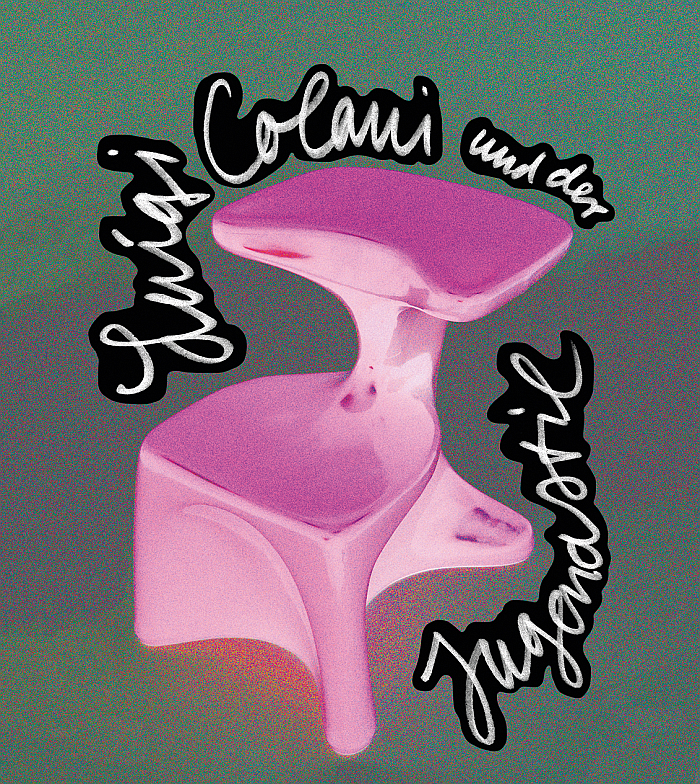
He didn't.
Or at least not all of it.
There can however be little question of the contribution of Arne Jacobsen to the (hi)story of, and understandings of, design in Denmark.
If the (hi)story of and understandings of Arne Jacobsen often gets lost in his close association with design in Denmark.
Promising one of the most fulsome explorations of Arne Jacobsens's oeuvre in recent years Trapholt Kolding aim to approach Arne Jacobsen, his work and his legacy via a three pronged approach: the nature of his creative processes; his contribution to what the curator's refer to as the aesthetics of the Danish welfare state; and, and for us a key aspect, the question Er det egentligt dansk?, Is it really Danish?
As previously noted, amongst all the Danish architects and designers of his generation Arne Jacobsen was, arguably, the most international, we see it as no coincidence that Verner Panton left Jacobsen's employ and headed out into the world. Yet despite the cosmopolitan nature of his understandings and positions, Jacobsen's work is, near universally, understood as essentially Danish. As is Jacobsen. How? Why? Arne Jacobsen – Designing Denmark will seek answers.
And will do so via a presentation that promises in addition to the ubiquitous Jacobsen furniture, examples of rarely, never? seen works by Jacobsen including watercolours, lighting and textile designs backed up by interviews with, and films shot by, Jacobsen. And which thus should allow not only for a more probable understanding of Arne Jacobsen, but a more probable understanding of the (hi)story of design in Denmark.
Arne Jacobsen – Designing Denmark opens at Trapholt, Æblehaven 23, 6000 Kolding on Thursday September 10th and runs until Monday May 25th
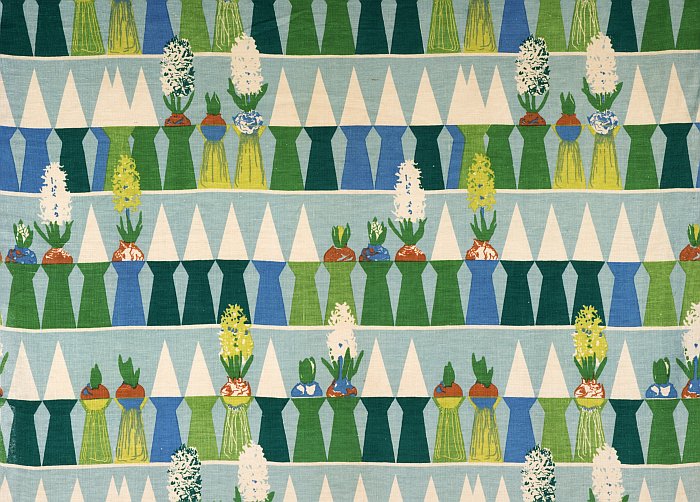
The "Mine" in the title of Simon Denny's solo exhibition is not only programmatic, but bifold.
Featuring a presentation of nine projects originally created by the Auckland born, Berlin based, artist for the Museum of Old and New Art, Hobart, Mine reflects on the connections between the "Mines" [hole/pit] of Australia and the "Mine" [pronoun] of data, and thereby of the parallels between the environmental and social consequences of mineral extraction and the personal and social consequences of data extraction. That the extraction of one resource or another has long accompanied human civilisation, and in its industrial expression invariably leads to consequences both positive and negative. As indeed, arguably, does all technological innovation. Yet we rarely see the negative consequences before its too late......Despite knowing they are there.
Promising a mix of objects and installations which explore its manifold themes from a range of positions and in a range of contexts, Mine should not only allow for differentiated reflections on our relationships to those industries which were at the core of 20th century industrialisation, and the role of those relationships in our current economic, social, political and environmental realities, but also for differentiated reflections on our contemporary digital, networked and increasingly smart society, including reflections on the responsibilities of design in that society. Whereas advances in mineral mining were largely enabled by engineers and mechanics, advances in data mining are, and increasingly will be, enabled by designers. What could go wrong.........?
Simon Denny. Mine opens at K21, Ständehausstraße 1, 40217 Düsseldorf on Saturday September 5th and runs until Sunday January 17th
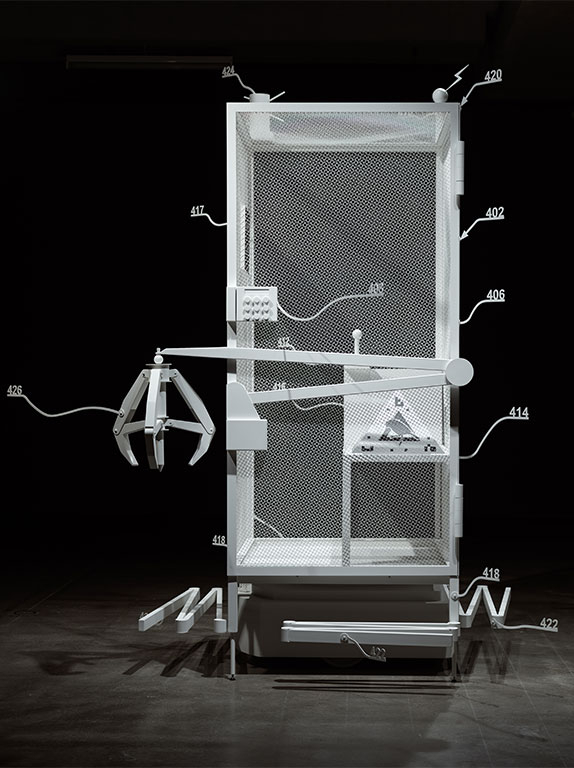
"The best human designs" opined once George Nelson, "are designs for survival, simply because they have more to do with life and death than market considerations."**
With the exhibition Design for Life the Powerhouse Museum, Sydney, promise an exploration of "designs for survival" in context of medical equipment based on some 200 items from the museum's own collection, and thus for reflections on not just Nelson's opinion but questions of the priorities of designers in realising projects whose intended function may be every bit as easily defined as an office chair, toaster or vase. But where the consequences of poor design are much more far reaching. Potentially fatal.
Alongside objects such as prosthetics, diagnostic testing kits and 3D bioprinters, a major focus of Design for Life promises to be medical ventilation, respiration and facemasks, and thus a thoroughly contemporary subject that the curators aim to reflect on and explore in context of its developments since the 1930s. And which in doing so should allow one to not only to approach a better understanding of how developments in technology have helped improve medical care, but the contribution of designers to enabling developments in technology to help improve medical care.
And which thus should, hopefully, also allow for the development of an understanding of the designer as more than an idle giver of form to office chairs, toasters and vases, but as an important partner of industry and society. And medicine.
** George Nelson, Zum Design von Sportgeräten, Du: die Zeitschrift der Kultur, Vol. 36, No 7, 1976
Design for Life opens at the Powerhouse Museum, 500 Harris St, Ultimo, Sydney on Saturday September 26th and runs until Sunday January 31st.
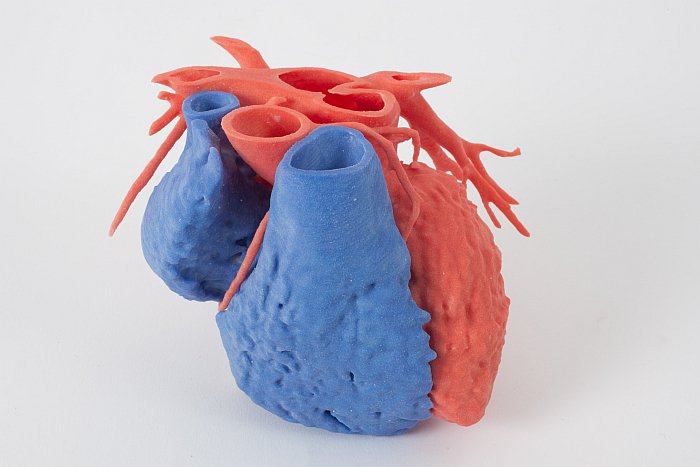
Whereas the unifying feature of all current claims that Covid-19 will change society for ever will be their inaccuracy, that society will (largely) continue as it did before, evolving as slowly, and arguably, incompletely as it always has; Covid-19 has unquestionably allowed for a unique moment to reflect on a wide variety of subjects, and to consider where we are, where we might be heading and where we possibly should actually be heading. Including in context of our cities
Specifically in context of urbainable – stadthaltig the European city, a model that for all that we in Europe may like to consider the standard city model, isn't, rather is a very specific, localised, model that has developed and evolved with European society. And a model the urbainable – stadthaltig curators argue is an inextricable part of the problem of our ongoing climate emergency.
And that it could also be part of the solution.
Promising an exhibition of some 33 projects from the arenas of architecture, engineering, landscape architecture and urban planning, urbainable – stadthaltig will seek to explore how the European city can, should, must? adapt to meet the challenges of not only environmental sustainability, but also coming social, demographic, technological, economic, et al evolutions and developments. And also question if the European city is capable of such. Or if it is a model that has reached the limits of its capabilities, the limits of its adaptability, the limits of its justification. And if so......?
Although urbainable – stadthaltig was planned, and the development of the projects begun, before the Corona pandemic, the experiences of recent months and the understandings that (hopefully) have developed therefrom should, must?, allow not only for a more nuanced and differentiated viewing, but for alternative conclusions to be reached than those without the experiences of Corona.
urbainable – stadthaltig. Positions on the European City for the 21st Century opens at the Akademie der Künste, Hanseatenweg 10, 10557 Berlin on Saturday September 5th and runs until Sunday November 22nd.
